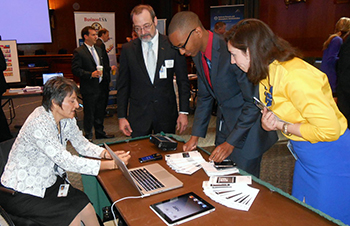Mining has been an essential aspect of human civilization for thousands of years. One of the most famous types of mining is goldfields mining. It involves the extraction of gold from rocks and soil found in goldfields. These goldfields are areas rich in deposits of gold.
Goldfields mining began in North America in the late 1800s. The gold rush in California, in 1848, transformed the state and the entire country. Thousands of people from all over the world traveled to California in search of gold. The gold rush triggered a massive increase in gold mining activities in the western United States.
However, goldfields mining was not only limited to the United States. It happened in various parts of the world, such as in Australia, South Africa, and Canada. The Australian gold rush began in 1851, and people from all over the world traveled there to seek out their fortunes.
The first step in goldfields mining was to find gold. It required prospectors to identify areas with high potential for finding gold. These prospectors would use rudimentary tools such as a pickaxe and a shovel to dig into the soil. They would then sift through the soil to detect any traces of gold.
Once the gold was found, miners would then figure out how to extract it from the rocks or soil. One of the earliest methods of gold extraction was panning. Panning involved using a pan to separate gold particles from the soil or rock. The miner would place the pan filled with soil and water in a river or stream. The motion of the water would cause the heavier gold particles to settle at the bottom of the pan.
However, panning was not an efficient way of extracting gold. The process was time-consuming and only extracted a small amount of gold. As a result, new methods of gold extraction were developed. One notable method was hydraulic mining, which involved using high-pressure water to blast soil and rocks. The soil and rocks would then be carried away by a system of hoses and tunnels, leaving gold particles behind.
Goldfields mining was a dangerous occupation. Miners had to work in harsh conditions. They faced numerous hazards such as cave-ins, harmful gases, and mine collapses. Despite these dangers, goldfields mining was a tempting venture since gold was a valuable and precious commodity.
The gold rush also had implications beyond the mining activities themselves. It inspired the growth of towns and cities in the western United States. San Francisco, for example, grew from a small village to a bustling city due to the gold rush. The gold rush also led to technological advancements, such as the development of the steam engine.
However, goldfields mining was not without its controversies. The gold rushes often happened on land traditionally occupied by indigenous communities. Their land was often seized, leading to significant conflicts. In some cases, indigenous communities were forced to work in the mines under slave-like conditions.
Fast forward to today, and goldfields mining continues to play a significant role in the global economy. Gold is still a valuable commodity traded on the stock market and used in various industries. Gold mining companies use more advanced technology to extract gold and prioritize sustainability and safety practices. This includes minimizing the environmental impact of their mining activities, as well as improving working conditions for miners.
Goldfields mining was an important moment in human history. The discovery of gold changed the world and inspired technological advancements. It was also a dangerous occupation that had impacts beyond the mining activities. While gold mining has come a long way from its early days, it remains a vital aspect of the global economy today.




